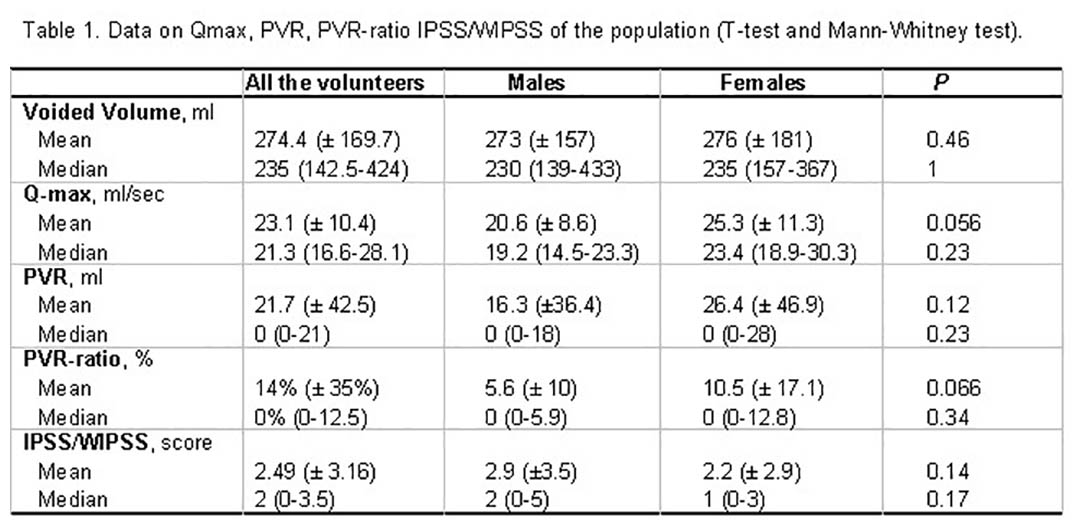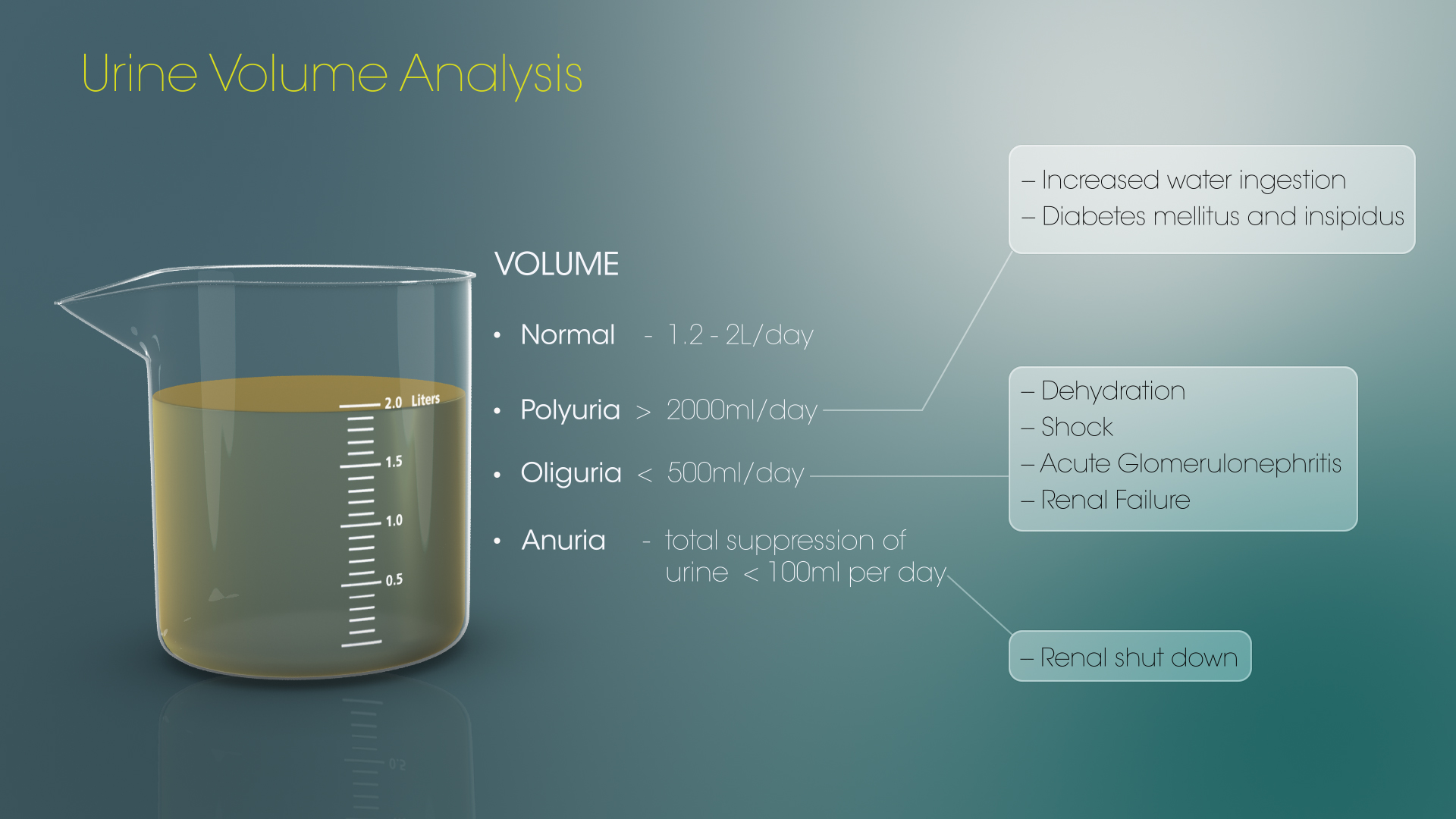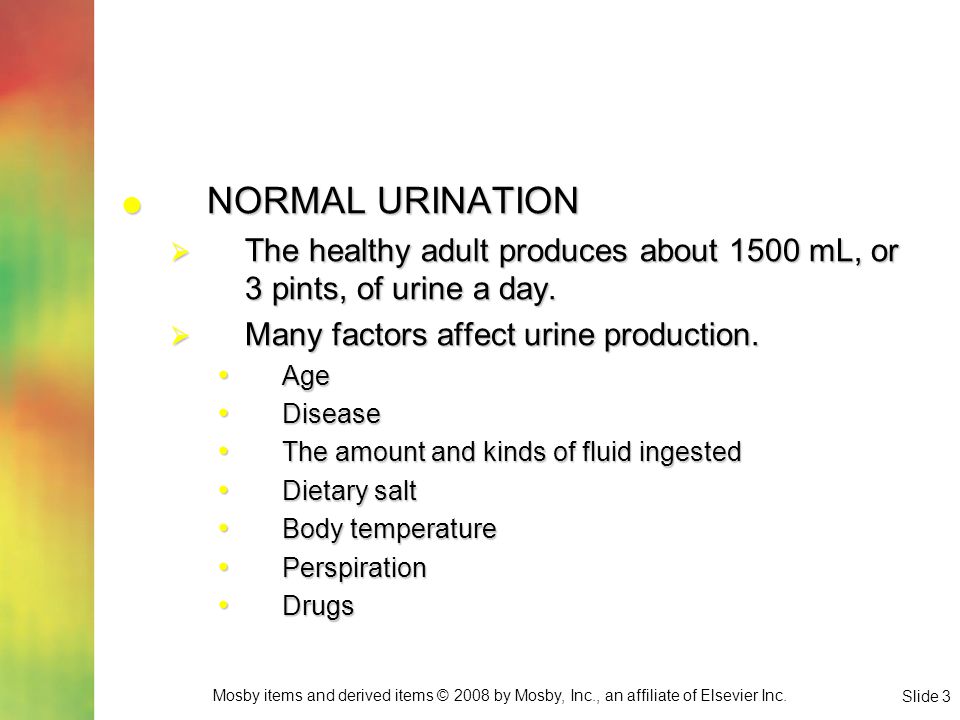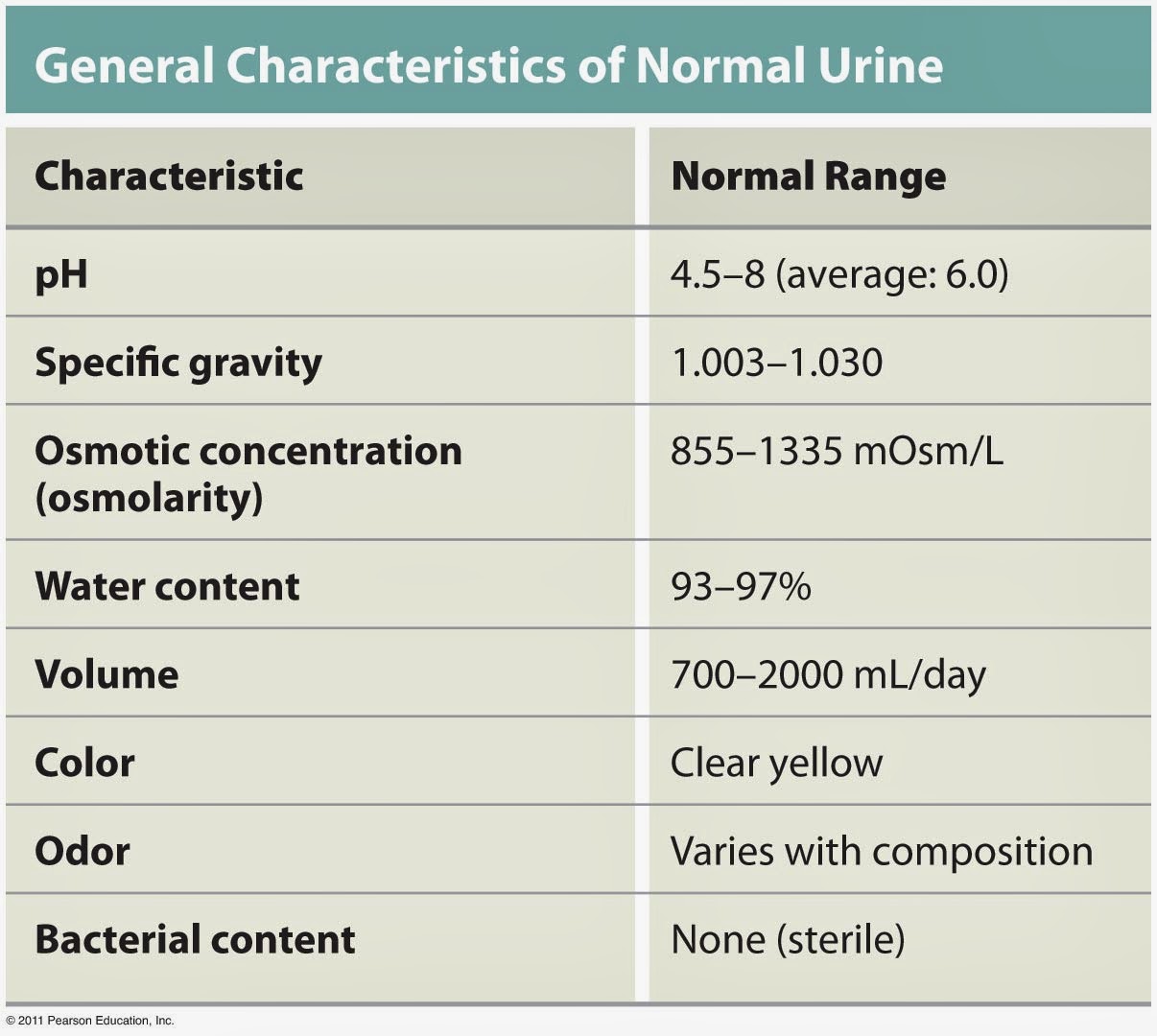Normal Amount Of Urine Per Void

Imagine this: you're enjoying a lovely afternoon, perhaps sipping a cup of tea or engrossed in a good book. Suddenly, the urge hits – the need to visit the restroom. It's a natural part of life, a bodily function we often take for granted. But have you ever stopped to wonder, "What's considered a normal amount when I urinate?"
This seemingly simple question actually touches on vital aspects of our health and well-being. Understanding the typical urine void volume can be a key indicator of hydration levels, kidney function, and potential underlying medical conditions. So, let's delve into this often-overlooked topic and shed some light on what's considered within the healthy range.
Understanding Urine Volume: The Basics
The amount of urine a person voids, or pees, at one time can vary based on numerous factors. These range from fluid intake and diet to bladder capacity and individual health conditions. Generally, a healthy adult bladder can hold between 300 to 500 milliliters (approximately 10 to 17 ounces) of urine.
However, emptying the bladder completely each time isn't always necessary or even possible. A typical, healthy void volume usually falls between 200 to 400 milliliters (roughly 7 to 14 ounces). This range indicates that your body is properly processing fluids and that your bladder is functioning as it should.
Factors Influencing Urine Volume
Numerous factors can influence the amount of urine produced and voided. Understanding these can help you better interpret your own urination habits. Let's explore some of the key contributors:
Fluid Intake: This is perhaps the most obvious factor. The more fluids you consume, the more urine your body will produce to maintain fluid balance. Conversely, dehydration will lead to less urine production and a darker color.
Diet: Certain foods, particularly those with high water content like fruits and vegetables, can contribute to increased urine volume. Additionally, caffeine and alcohol are diuretics, meaning they promote urine production.
Age: As we age, our bladder capacity may decrease, leading to more frequent urination with smaller volumes. This is a natural part of the aging process for many people.
Medications: Certain medications, such as diuretics (water pills) prescribed for high blood pressure or heart conditions, can significantly increase urine output. It's always important to understand the side effects of any medications you're taking.
Medical Conditions: Various medical conditions can impact urine volume. Conditions like diabetes, urinary tract infections (UTIs), and kidney problems can all affect how much urine your body produces and how frequently you need to urinate.
When to Be Concerned: Deviations from the Norm
While the 200-400 ml range is generally considered normal, there are situations where deviations from this range might warrant attention. These situations often signal an underlying health issue that needs to be addressed.
Polyuria: This refers to the production of abnormally large volumes of urine, typically exceeding 3 liters (approximately 100 ounces) per day. Polyuria can be a symptom of diabetes, diabetes insipidus, or certain kidney disorders.
"Polyuria is often accompanied by increased thirst and frequent urination, especially at night," explains Dr. Anya Sharma, a nephrologist at City General Hospital.
Oliguria: This is the opposite of polyuria and refers to the production of abnormally small amounts of urine, usually less than 400 milliliters (about 13.5 ounces) per day. Oliguria can indicate dehydration, kidney failure, or urinary obstruction.
Dysuria: While not directly related to volume, dysuria refers to painful urination and can sometimes be associated with changes in voiding habits. This is often a sign of a UTI or other bladder infection.
Tracking Your Urination Habits
Keeping track of your urination habits can be a helpful way to monitor your overall health. While you don't need to measure every single void, paying attention to frequency, volume, and any associated symptoms can provide valuable insights.
Consider keeping a simple bladder diary for a few days, noting the time you urinate, the approximate volume (small, medium, large), and any symptoms you experience, such as urgency, frequency, or pain. This information can be invaluable if you need to consult with a healthcare professional.
Remember: Self-monitoring is not a substitute for professional medical advice. If you notice any significant changes in your urination habits or experience any concerning symptoms, it's essential to seek guidance from your doctor.
Maintaining Healthy Urination Habits
Promoting healthy urination habits is crucial for overall well-being. Here are a few simple tips you can incorporate into your daily routine:
Stay Hydrated: Drink plenty of water throughout the day to maintain proper hydration. The general recommendation is to drink eight 8-ounce glasses of water daily, but this can vary depending on individual needs and activity levels.
Limit Diuretics: Moderate your intake of caffeine and alcohol, as these can increase urine production and potentially lead to dehydration.
Practice Good Hygiene: Proper hygiene, especially for women, can help prevent UTIs, which can affect urination habits. Always wipe from front to back after using the restroom.
Empty Your Bladder Completely: Take your time when urinating and ensure you're completely emptying your bladder each time. This can help prevent urinary retention and reduce the risk of UTIs.
Maintain a Healthy Weight: Obesity can put pressure on the bladder, leading to urinary frequency and urgency. Maintaining a healthy weight can alleviate these symptoms.
The Bottom Line: Listen to Your Body
Understanding the normal amount of urine per void is just one piece of the puzzle when it comes to overall health. The key takeaway is to listen to your body and pay attention to any changes in your urination habits.
While the numbers provide a general guideline, individual variations exist. Don't panic if your void volume occasionally falls outside the typical range. However, persistent deviations, especially when accompanied by other symptoms, should prompt a visit to your healthcare provider.
Ultimately, maintaining a healthy lifestyle, staying hydrated, and being mindful of your body's signals are the best ways to ensure proper bladder function and overall well-being. So, continue to sip your tea, enjoy your book, and listen to the whispers of your body – it's often trying to tell you something important.


















